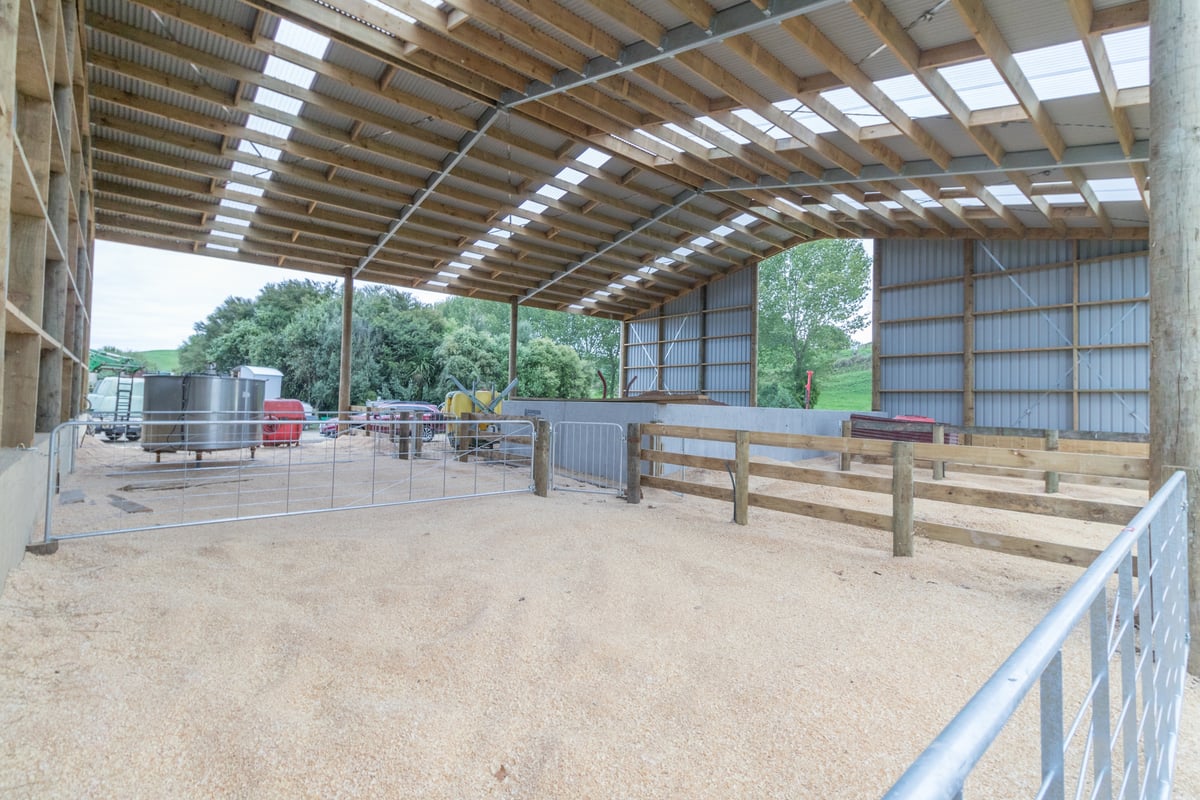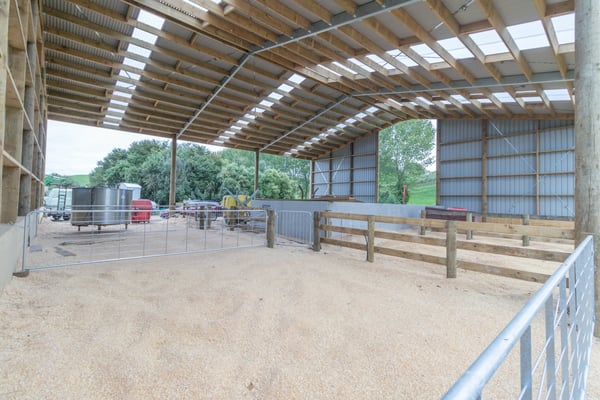Caring for calves is at the heart of every dairy farmer’s business and with calving season underway, it pays to remember that healthy, well-cared-for animals are vital to producing safe, high-quality ...
August 23rd, 2018
2 min read

 Caring for calves is at the heart of every dairy farmer’s business and with calving season underway, it pays to remember that healthy, well-cared-for animals are vital to producing safe, high-quality milk down the track. To set a dairy cow up for a long, productive life you must give her, and her calf, the best possible start.
Caring for calves is at the heart of every dairy farmer’s business and with calving season underway, it pays to remember that healthy, well-cared-for animals are vital to producing safe, high-quality milk down the track. To set a dairy cow up for a long, productive life you must give her, and her calf, the best possible start.

